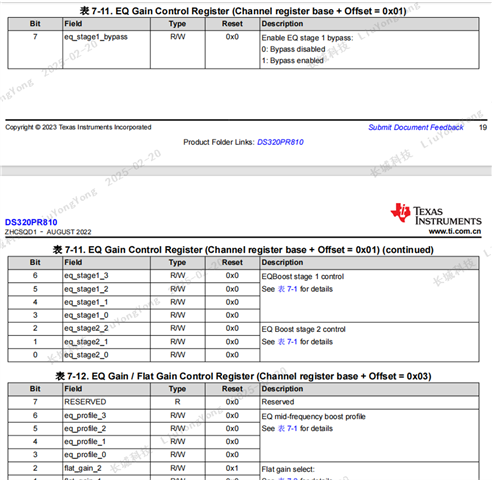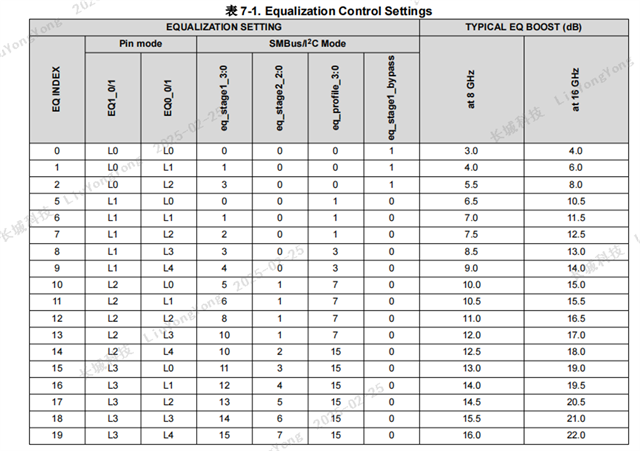Tool/software:
Hi Team
Customer is using 32pcs DS320PR810 on a single board as the driver of PCIE 5.0. At present, the online IIC communication method is used for parameter debugging.
based on the datasheet, customer only adjust the two sets of register parameters of 0X01 and 0X03, and a lot of parameter combinations are carried out on 0X01 and 0X03 during the debugging process, but it is difficult to get the correct parameters.
At present, only 2 lane is debugged for the appropriate eye diagram. And the parameters between adjacent Lane are very different (0X01 and 0X03).
Can you please help to see if the debugging method is correct. Please help to provide the parameter debugging method of the correct courier. Thanks!




